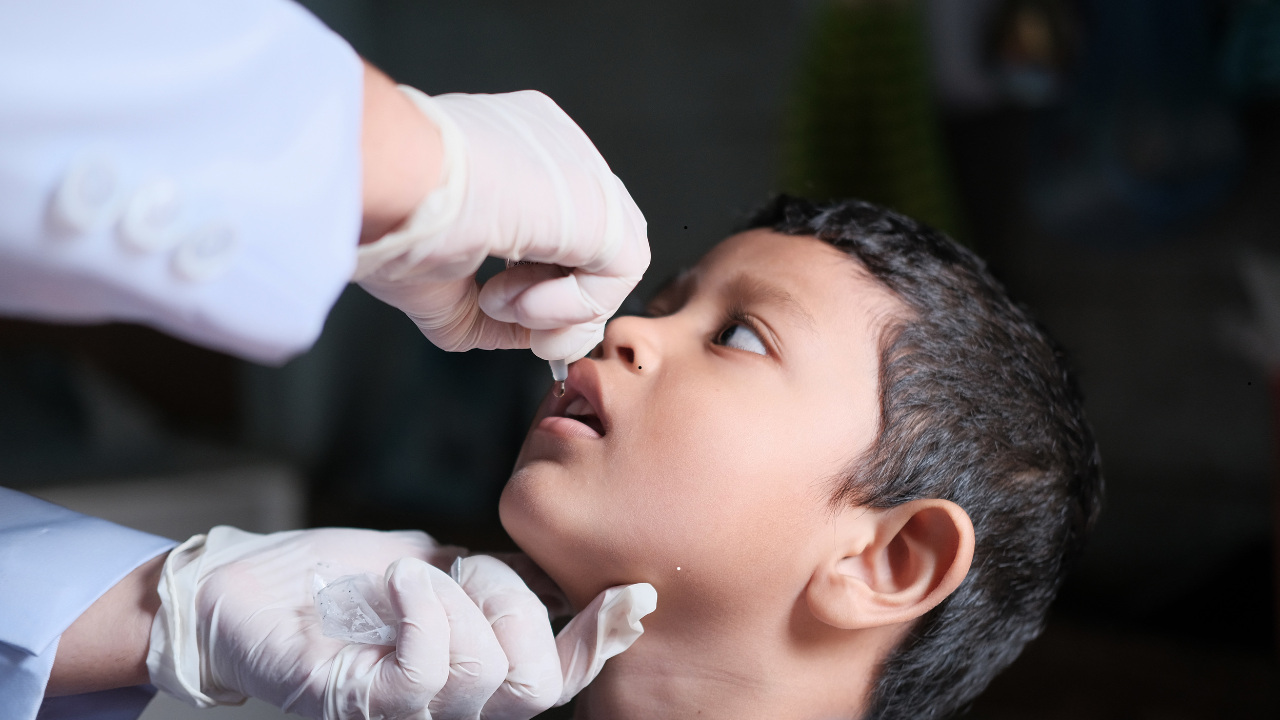Polio Cases Reported In Pakistan And Nigeria, More Details Inside

Credits: Canva
SummaryWhile in 2020 Nigeria had been declared Polio free, cases have not fully vanished. New cases have been reported in Nigeria. In another news, even Pakistan reported three new cases of Polio. Among these cases, some of them have also reported paralysis. To know more about the new Polio cases, read on.
End of Article
